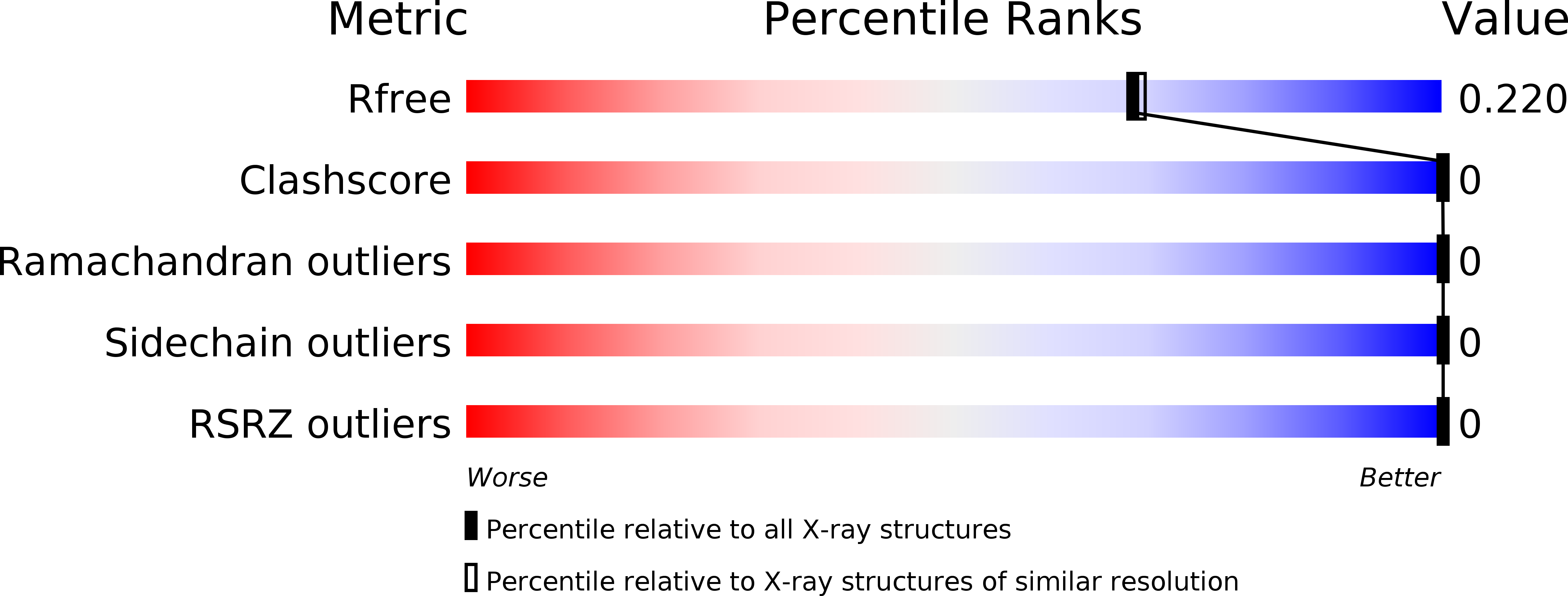
Deposition Date
2015-10-23
Release Date
2016-07-20
Last Version Date
2024-10-16
Method Details:
Experimental Method:
Resolution:
1.95 Å
R-Value Free:
0.21
R-Value Work:
0.21
R-Value Observed:
0.21
Space Group:
P 43 3 2


